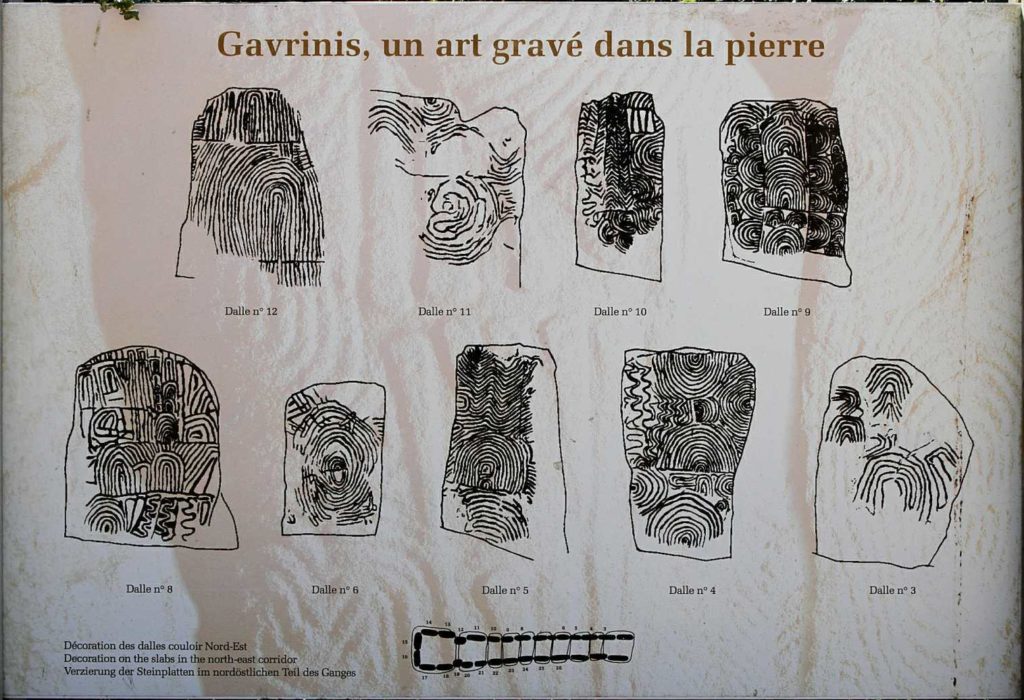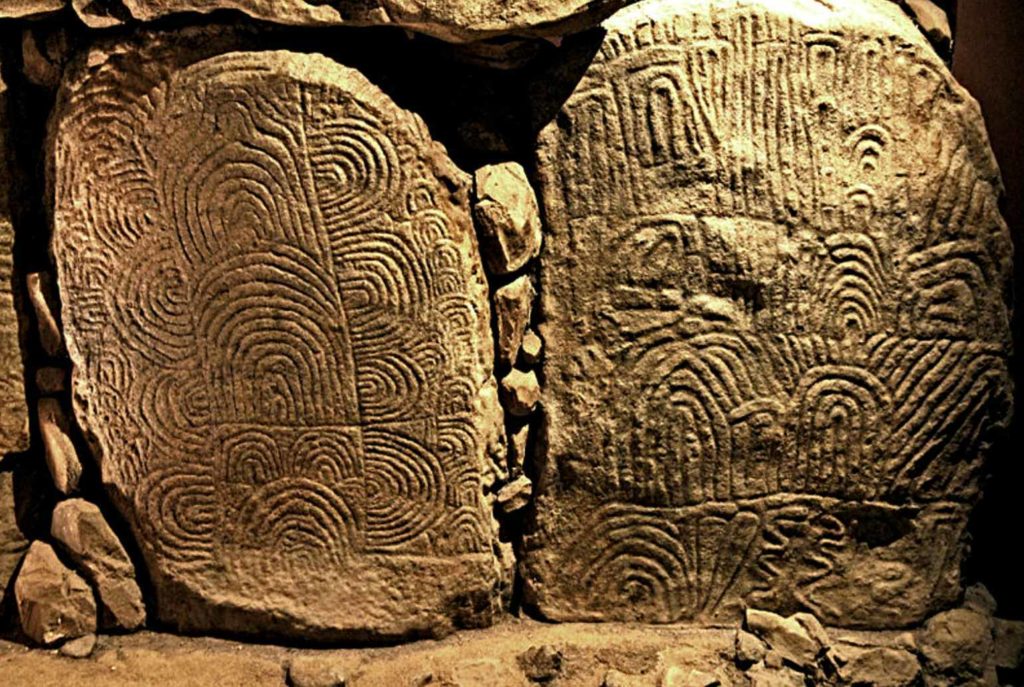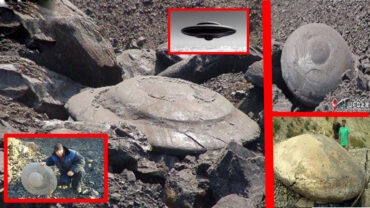Gavrinis’ Mystery: A Prehistoric Passage Tomb With Weird Inscriptions!
The Gavrinis tomb, a megalithic structure noteworthy for its profusion of megalithic art in the European Neolithic, is located in the Gulf of Morbihan, off the rocky coast of Brittany, France. Around 3500 BC, it was constructed.

Researchers and scholars were astounded to discover what was written on the prehistoric Gavrinis tomb’s walls: the exact amount of the Earth’s circumference, the number of days in a year, the mathematical constant (pi), and the exact longitude and latitude of Gavrinis!!
“Gavrinis is a remarkable tomb unlike anything that has ever been uncovered,” says Giorgio A. Tsoukalos, a prominent ancient astronaut theorist. This ‘tomb’ has very complex mathematical knowledge dating back to the primordial era. As a result, researchers are left behind. The most fascinating thing about Gavrinis is the spirals and other patterns etched into massive slabs of rock that nearly appear like fingerprints. The mathematicians who have investigated the site concur that there are hidden messages, primarily mathematical messages.”

When the researchers got in Gavrinis, they began taking many measurements of the rock formations. It didn’t take them long to realize they weren’t merely thrown in there at random. According to the research’s preliminary findings, the rocks contained incredible mathematical understanding and ability.
This mausoleum was built with a total of 52 megaliths, 26 of which were carved with unique symbols. Scholars have calculated the exact size of the Earth’s diameter, the number of days in a year, and the mathematical constant by adding, dividing, and multiplying the number of symbols by the number of key rocks or groups of rocks (pi).

The (pi) is a particularly special number in mathematics, according to Sara Seager, Professor of Planetary Sciences. It is the ratio of a circle’s perimeter to its diameter, which is the fundamental feature of all circles. Mr. Tsoukalos writes, “These incredible ancient mathematicians not only determined the number (pi) considerably earlier than it was discovered but also the exact longitude and latitude of the island.”
This is interesting to consider since how could primitive people without advanced technology know the island’s latitude and longitude? Isn’t it bizarre?



